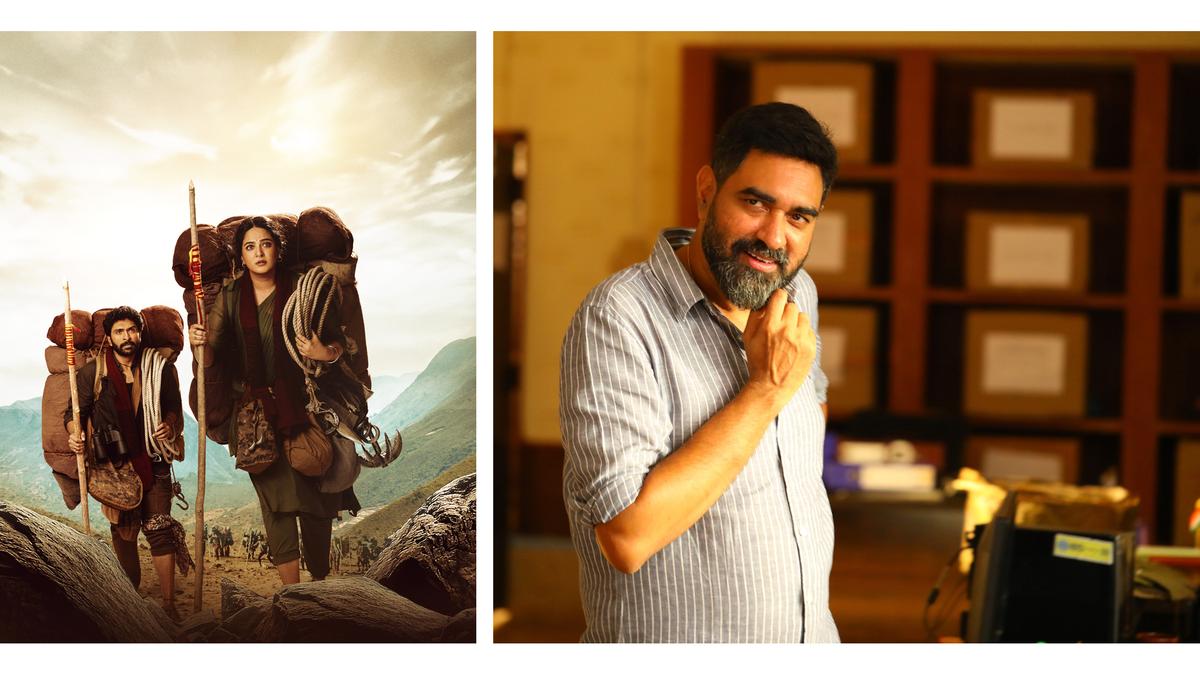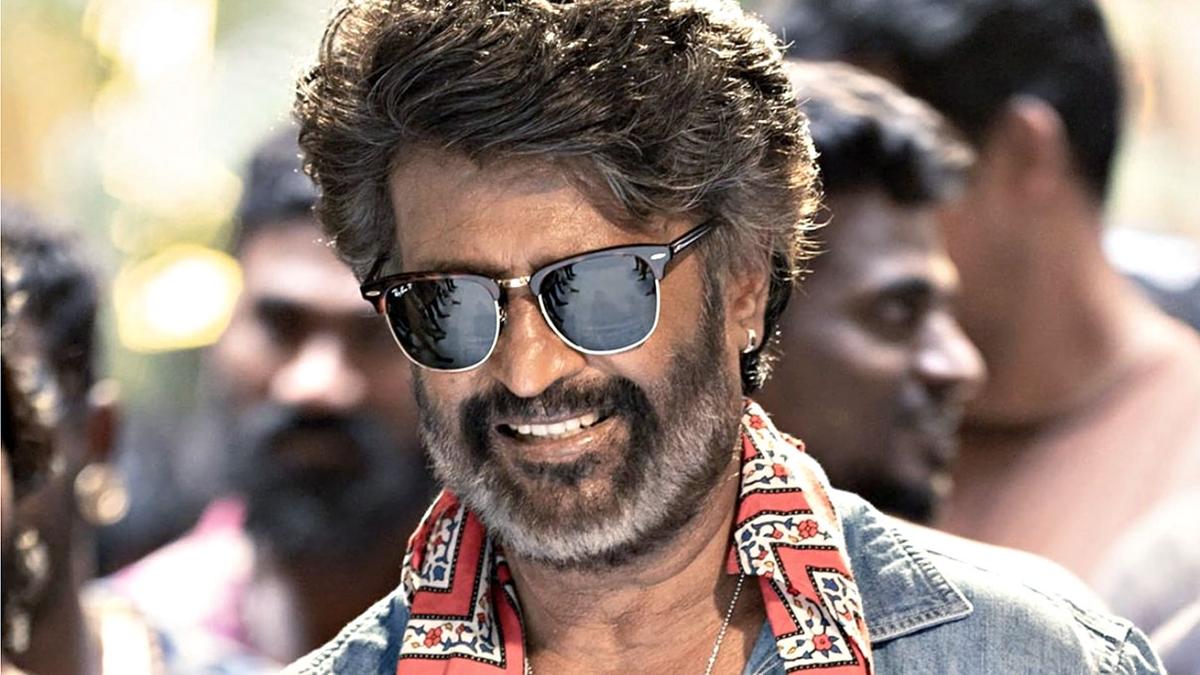You walk into a darkened hall. Gauze curtains hang down, shifting slightly in the breeze, dividing the space into a labyrinth. Two projectors cast fractured images onto the fabric, like fragments of a half-remembered dream.
You take a seat, slip on a pair of headphones, and are transported to a morning at breakfast in your flat. A knock at the door. Two officers enter and detain you. When you ask on what charges, one of them laughs: “Next, you will want to see the arrest warrant.”
This is I, Josef, a multimedia presentation based on The Trial by Franz Kafka. The immersive theatre piece is part of Goethe Zentrum Hyderabad’s Kafka@101 programme, in partnership with Kaivalya Plays, Rangbhoomi Spaces and the Hyderabad Children’s Theatre Festival.
Kafka’s novel follows Josef K, a bank clerk arrested without explanation. His trial unfolds under increasingly absurd circumstances; the process itself becomes the narrative. The book gave rise to the term “Kafkaesque,” describing something marked by illogical, nightmarish complexity.
Since its publication a century ago, The Trial has been adapted repeatedly for stage and screen — from Philip Glass’s opera to Orson Welles’s film. I, Josef takes another route. As director Gaurav Singh Nijjer puts it: “It is a tale that has been revisited often, but we wanted to approach it differently by making it immersive.”
Experiential viewing

The headphones give each member of the audience a unique experience of the theatre presentation | Photo Credit: Special Arrangement
It has no live actors, but pre-recorded voiceovers coupled with AI-generated visuals. Nijjer explains, “My colleague Varoon Anand adapted the story from the third person narrative to the first person. So now when you put on the headsets, you are Josef K. Everything is happening to you, characters are speaking to you. And we work with this idea, what if we stepped into this person’s shoes, what would it sound like? What would it feel like?”

I spot the scattering of chairs in the auditorium. I ask him which one should I pick, he smiles and says, “You can choose any seat in the theatre, but you will still not get a complete picture.” He advises me, “sit wherever you feel like and you will take from it what you take from it.”
I find a chair and pick up the wireless headphones. They all have a LED light on their sides, red for English and green for German. The rest of the audience slowly filed in. We are separated by the gauze, forming little cubicles. As we listen to the voice actors, the rain drumming on the roof adds a local percussive element to the soundscape.
A parade of AI-generated images wash over us, broken, diffracted, fractured by the intervening layers of translucent fabric. A blood-red fist. An officer in silhouette. An assembled jury. What I am seeing is not exactly what my neighbour is seeing. I have a perspective but it is not the perspective. The gauze ripples from the breath of the air-conditioning vent, as if it were the breath of the dead 20th century, whose anxieties have pervaded our own. Occasionally there is total darkness, lit only by the glowing headphones, or at times there are suspended blocks of text, rendered insubstantial.
The soundscapes that accompany the voiceovers have a little bit of the Delhi streets, as well as the relentless tick of a clock, the yammer of a telephone, or the peck of a typewriter. A torture scene is rendered vivid by the sound of a whip on a flesh. The headphones use “binaural audio, which is audio that you can perceive moving from left to right in your ear”. Despite this, Josef himself doesn’t utter a word, remains voiceless throughout. Nijjer says “It is important to give people space to make their own meaning. Now it can be for the audience to think of what they might want to say, or might want to react. Sometimes that’s also what people say, that they wanted someone to say something for them”. I tell them, “You can fill in that silence.”
After the show, I ask Nijjer what drew him to this adaptation. He admits that, he had “read a little bit of The Trial” in college but “could not understand it, so kept it away”. Later, he found his way to Kafka through absurdist theatre. “Samuel Beckett, Ionesco, they all code Kafka as a pioneer of the absurd writing movement”. Nijjer also found resonances to cases such as Umar Khalid, and “a lot of folks for whom there is no chargesheet filed yet, so even the crime has not been specified yet”.

Headphone theatre
He is optimistic of the future of “headphone theatre”, “as you would sit in your own chair, you can still have a very individual experience as well, which I think since the pandemic, we’ve seen a lot of people wanting that, a lot more people are homebodies”.

A visual from ‘I, Josef’ presentation | Photo Credit: Special Arrangement
For new shows, he is interested in exploring a kind of documentary theatre, “Taking newspaper reports, actual interview recordings, how do you take non-dramatic text and make it dramatic?” “I would not be too fussed to go to a Shakespeare” he says, “I think the world really needs sort of new ways of looking at these new things, and by combining multimedia it is allowing us to enter that world, which is difficult to communicate using conventional theatrical tools”. He calls it a “post-dramatic” experiment and says “we are constantly being surprised by what all its allowing us to do which a traditional performance may not have done”.
As I leave the hall, I think of one of the lines intoned by the judge, “Your very denial is proof of your guilt”. Once absurd, it has, in our times, assumed the frightening form of truth.
(I,Josef will be staged till August 31 at Rangbhoomi Spaces, Hyderabad. There are multiple time slots, each session accommodating 30 audience members. Tickets on Bookmyshow)

 2 hours ago
1
2 hours ago
1

















 English (US) ·
English (US) ·